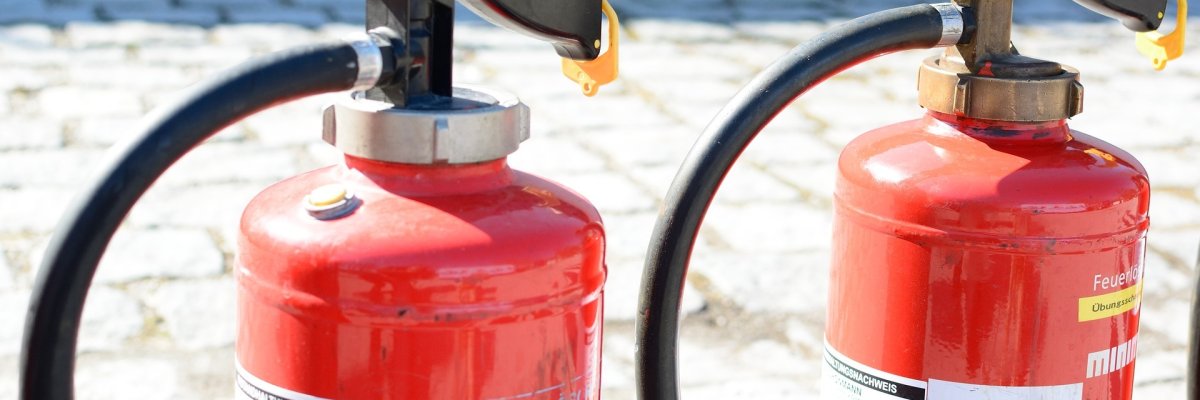Correctly extinguish wax and oil fires
Correctly extinguish wax and oil fires
Due to the sharp rise in energy prices, many people are likely to want to heat their homes with fireplaces and stoves or possibly even other fuel-powered appliances this winter, according to the district's emergency services, fire and disaster control department. Especially homemade fireplaces such as tea light stoves and the like are warned against.
The danger of a wax fire is high. When tea lights are placed close together, the aluminium bowls with the paraffin heat up enormously until the boiling point of the wax is reached at 250 degrees and the individual flames combine to form a fire. After a short time, there is a conflagration. The burning oil can hardly be extinguished - not with air and certainly not with water, as it evaporates immediately due to the enormous heat. Together with the steam, burning wax splashes around when trying to extinguish the fire with water, posing a high risk of injury. The wax fire resembles the same reaction as a grease fire in the kitchen: the result is shooting flames that can lead to severe burns and a flat fire. Only a fire blanket, an extinguishing spray or a fire extinguisher approved for liquid fires may be used here.
